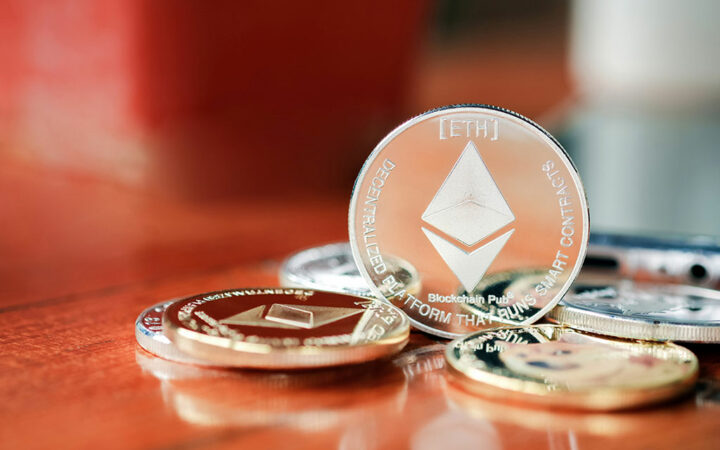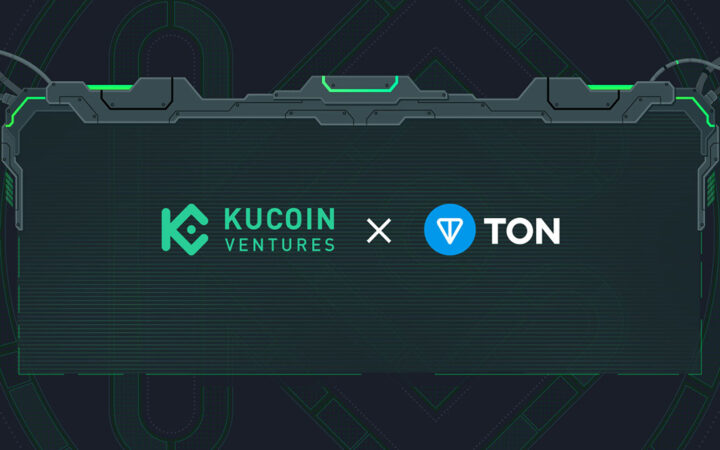The Decentralized Finance (DeFi) space is currently the fastest growing niche in crypto and could go on to disrupt traditional financial systems sooner than expected. With only a few months of active participation, the DeFi market cap has grown to over $12 billion while the Total Value Locked (TVL) stands at $8.3 billion as of press time. This has been one of the fastest growth rates in crypto since Bitcoin made its debut a decade ago. That said, both speculative and fundamental stakeholders are playing a major role in the DeFi craze.
Leave alone the crazy money made by early DeFi entrants, innovations within this space are now proving to be the pivot of future financial systems. Most of the products that are offered by traditional financial service providers have already been integrated into a DeFi project based on smart contract functionalities, hence eliminating the need for third-party financial institutions. Today, anyone can borrow or lend their digital assets in the DeFi market at better rates than they would have gotten locally. In addition to this, the space is now offering advanced financial tools such as derivatives, dividend pools and stock exchanges.
The MBIDEFI: a Glimpse into the Future of Financial Systems
Going by the developments in DeFi, futurists could argue that we have a glimpse of what finance will look like in a few years. Some of the decentralized innovations that are already painting this picture include MBIDEFI, the first DeFi project to leverage a stock-split model for its supply tokenomics. In fact, the MBIDEFI token sale is currently ongoing with prospective buyers placing bids to acquire its ecosystem’s native token ‘DGRC’.
The MBIDEFI platform offers its users a decentralized network where they can interact with financial products such as cross-chain exchange, games, MWallet, dividends pool, stock exchange, and a governance token dubbed ‘MCoin’. These products can be accessed from anywhere in the world, which basically highlights the fundamental aspect of decentralization. Likewise, the DGRC token sale is open to global prospects looking to have a say in the future of financial systems.
These digital tokens will enable holders to seamlessly participate in the MBIDEFI network, ripping the benefits of decentralized financial products. Notably, the total supply has been capped at 6 million with 80% set to be sold in the DGRC pre-sale through the network’s decentralized exchange. Initial buyers will be able to place bids between $0.2-$0.4 while a prediction machine determines the split ratio of DRGC tokens in subsequent sale rounds.
Compatibility with Centralized Finance (CeFi)
Despite core differences in DeFi and CeFi fundamentals, the two spaces are now being integrated in what has been termed as ‘CeDeFi’. This line of innovation is barely two months old but seems to be gaining significant traction; Binance crypto exchange recently launched its own Ethereum compatible smart chain and is in the process of scaling into DeFi staking.
OKEX, the leading crypto derivatives exchange, had also launched its own DEX as early as February. The platform which is based on OKChain is currently in its testnet phase and gives interested users an option to start trading on the OKEX DEX or claim test tokens. OKEX CEO, Jay Hao, specifically highlighted DeFi’s value proposition in financial inclusion and financial freedom:
“We believe decentralized finance is the key to financial inclusion and financial freedom for all. That’s why we have longed for unleashing the power of DeFi … we are now able to provide an open, low-cost, and autonomous ecosystem for everyone to enjoy the benefits blockchain and decentralization brings.”
While CeDeFi presents a value proposition in risk management and diversified staking, most DeFi ‘diehards’ did not sit well with the idea. Some have argued that the whole arrangement eliminates the very fundamental definition of Decentralized Finance, given that prospects still have to go through centralized processes such as KYC. With Ethereum 2.0 on the way, only time can tell whether CeDeFi will continue riding on cost-effectiveness as a cutting edge to onboard more participants into the DeFi market.
Conclusion
The Decentralized Finance (DeFi) market is just getting started and likely to continue with an upward trend in terms of price speculation and funds allocation. Stats in recent months could be used as supporting evidence for these bullish sentiments, although a complete turn-around is also very likely based on the volatility of the industry. Regardless, this can only be comprehensively analyzed once we have experienced an epitome bear market in DeFi.
As for the development of DeFi ecosystems, stakeholders can barely keep up with the rate at which projects are rolling out on the daily. This has, in turn, increased the number of scams launching in the space as well. In fact, unsuspecting DeFi prospects are ripped off almost on the daily in ‘rug pull’ scams. Well, this doesn’t have to be the case when there are some valuable projects, especially in line with futuristic financial ecosystems. DeFi enthusiasts looking to enter or increase foothold in the market will therefore be better placed if they do proper due diligence and keep in mind the risk involved.
Disclaimer: Coinspeaker is committed to providing unbiased and transparent reporting. This article aims to deliver accurate and timely information but should not be taken as financial or investment advice. Since market conditions can change rapidly, we encourage you to verify information on your own and consult with a professional before making any decisions based on this content.

Cryptocurrency investor, journalist, analyst, and growth hacker. I cover crypto, blockchain, crowdfunding, and education.





